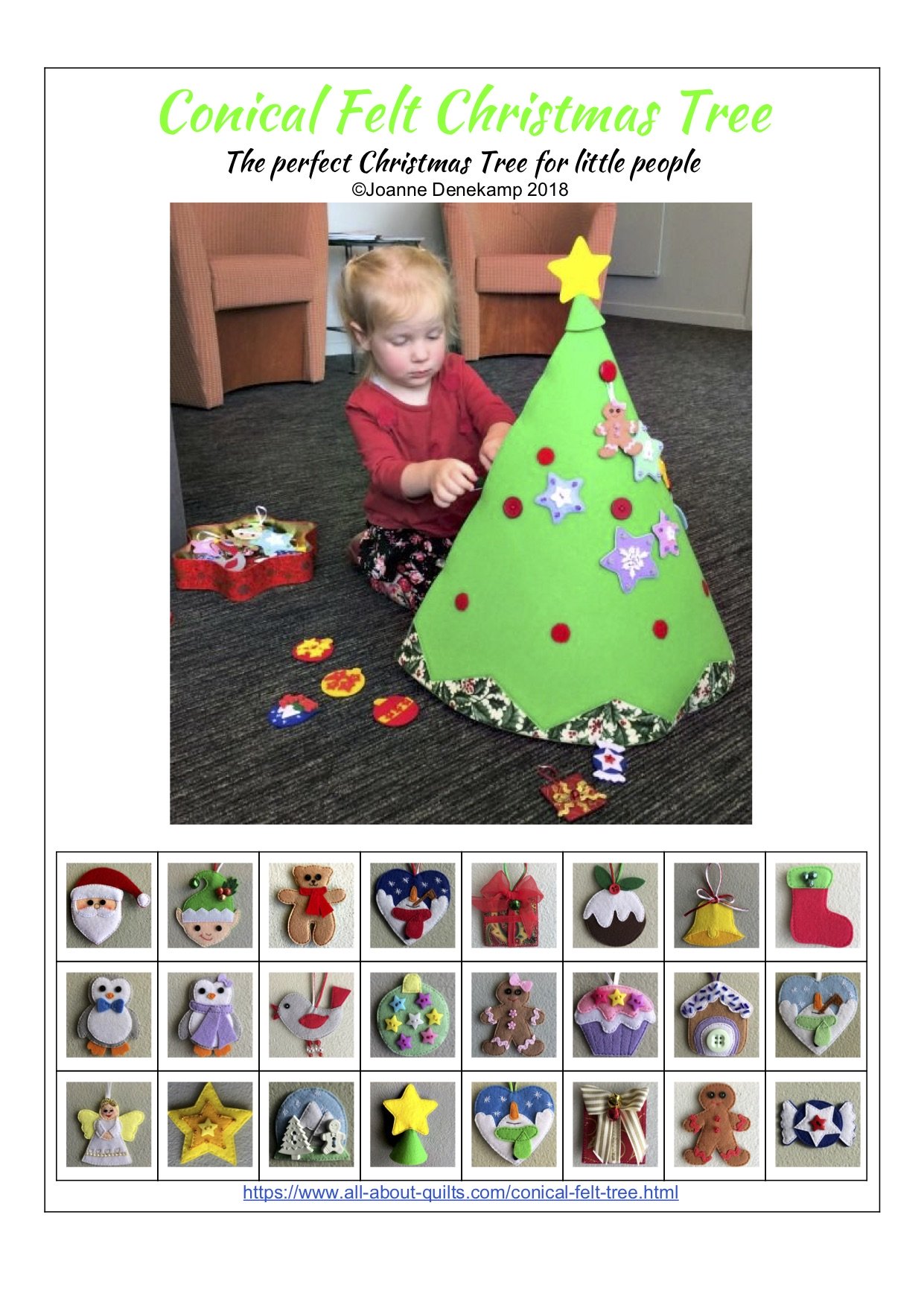Attaching Continuous Binding
To make your continuous binding you must sew enough binding strips together end-to-end to go around the entire edge of your quilt. Ensure you add an extra 12" of binding to your calculations when measuring your quilt.
Bindings can be cut either along the lengthwise grain, along the crosswise grain or on the bias grain. Each method has its advantages. My personal preference is the crosswise grain. This allows the fabric to have a slight stretch which I find essential when attaching my bindings. I have also tried the lengthwise binding but as there is almost no stretch you can end up with your binding having a wave - not a good look! The bias grain is the most hard wearing but it can require a lot of extra fabric.
I've added a video demonstration next, showing how to attach a continuous binding to your quilt. I find that it is often much easier to follow a visual demonstration than reading instructions on their own.
Step 1: Measure your quilt
While your quilt is on a flat surface measure each side along the
edge. Do not assume opposite sides of your quilt are the same length!!!
Record these measurements.
Step 2: Cut your binding strips
For a single-fold binding cut the strips 1 3/4" wide and add 10" to the finished length
For a double-fold binding cut the strips 2 1/2" wide and add 10" to the finished length
Cut required number of strips of fabric. Trim off selvages.
Step 3: Sew a continuous binding strip
Place the ends of 2 binding strips right sides together at a right angle. Sew diagonally from the upper-left to the lower-right corner. If you have a quilting ruler then you can use the 45 degree angle line to get this exactly right. Trim seams and press open. Repeat until you have the required length of binding plus 10".
For double fold binding - fold the completed binding strip in half length-wise, wrong side to wrong side and press.
Step 4: Attach continuous binding
Before you begin sewing your binding on, there are two things you need to do. First check your placement to ensure that no binding joins are placed on any quilt corner. This is easily done by pinning one end of the binding onto an edge of the quilt (your starting point) and then quickly running the binding around the edge. If a binding join does fall on or too near a corner then adjust the starting point and recheck. And second, cut the beginning of the binding strip on a 45 degree angle (this step reduces the bulk at the join), turn under the end and press.
Before stitching the binding on you need to choose what size of seam to sew. A 1/4" seam allowance for a narrow binding or a 1/2" seam for a wide binding. I sew most of my quilts using a 3/8" seam. This gives me a full binding which I like.
Leave the first 4" of the binding free of stitching, sew the binding to the right side of the quilt up to the seam line in the corner, sew a couple of back-stitches to secure. Clip and remove the quilt. Fold the binding on the diagonal away from the quilt then fold the binding straight down making sure it is even with the next quilt edge and pin. Stitch from the corner beginning to the next corner. Repeat all edges the same way until you are 4" from your starting point. Slip the end of the binding strip into the starting end, trimming off any excess binding. Pin and stitch in place.
Lastly fold the binding to the wrong side and hand slip stitch in place. At the corners fold the binding to form a miter.
Congratulations! You have finished your quilt!
Following is another video demonstrating how to attach a bumpless binding to your quilt.



New! Comments
Have your say about what you just read! Leave me a comment in the box below.